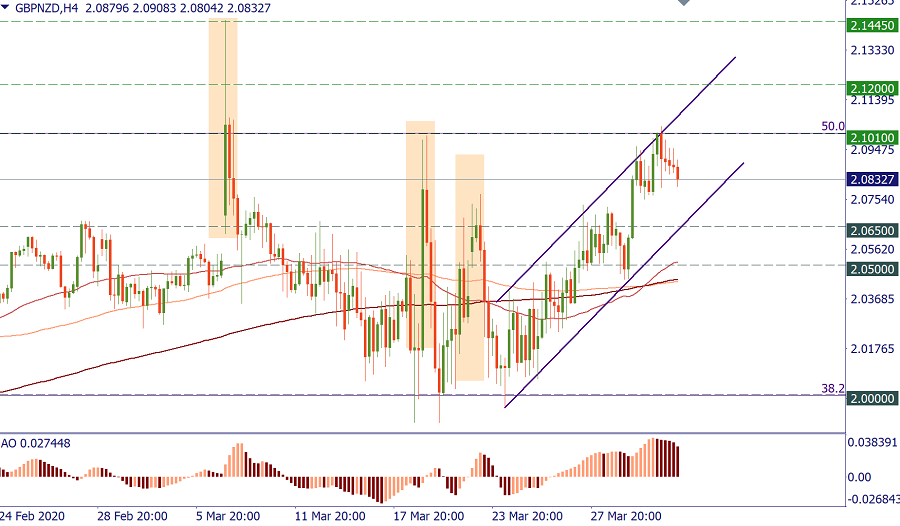
The G20 summit took place in Bali, Indonesia, on November 2022…

Don’t waste your time – keep track of how NFP affects the US dollar!
Data Collection Notice
We maintain a record of your data to run this website. By clicking the button, you agree to our Privacy Policy.

Beginner Forex Book
Your ultimate guide through the world of trading.
Check Your Inbox!
In our email, you will find the Forex 101 book. Just tap the button to get it!
Risk warning: ᏟᖴᎠs are complex instruments and come with a high risk of losing money rapidly due to leverage.
71.43% of retail investor accounts lose money when trading ᏟᖴᎠs with this provider.
You should consider whether you understand how ᏟᖴᎠs work and whether you can afford to take the high risk of losing your money.
Information is not investment advice
These days it seems that all the financial news are orbited around the US dollar, it has a lock on everyone’s attention. However, there are some interesting cross-currency movements that you can gain from. Let’s have a look at GBP/NZD pair. It has shown the steep surge this week after its dramatic fall during March.
The pound recovered partly because of the Fed’s measures to provide more dollars to the global financial system. The demand for the USD has eased, and that has slowed the capital outflow from the UK. Moreover, the issue of Brexit is once again being cited as a factor driving Sterling. Most analysts believe that the British pound might get a boost if the United Kingdom and the European Union agree to extend Britain's post-Brexit transition.
On the other hand, we can’t say that the outlook for the GBP has become completely positive. Firstly, the UK's current coronavirus death toll indicates the country is on a worse trajectory than China, according to economists Pantheon Macroeconomics. The country recorded two worst-ever death tolls in a row on Tuesday and Wednesday, with 944 deaths from the virus in 48 hours. Secondly, although the Federal Reserve is doing its best to provide more dollars to those who seek the USD cash, the escalation of stress due to the further spreading of the disease may negate these efforts. If it happens, the market will rush back to the greenback and the GBP will be one of the currencies everyone will be selling.
Sharp increases of confirmed coronavirus cases throughout the world have made the New Zealand dollar, the so-called ‘risky currency’, unfavorable. Moreover, its commodity heavy economy is also suffering amid a nationwide 'lockdown' and dependence on a robust world economy. Unlike with the GBP, we don’t have positive things to add to this equation.
On the GBP/NZD chart below, we can notice three spikes during March, identified by the rectangles. Then there had been an upward trend since 23 March until it reached the 2.101 mark touching 50% Fibonacci retracement level. However, yesterday the chart reversed and plummeted. It may continue moving down toward the 2.065 mark lying on the support line. Also, if we have a look at the awesome oscillator below the GBP/NZD chart, we can assume that the chart will decline.

If you want the diversification from the USD, it’s worth considering trading crosses. Among them, GBP/NZD is a good choice. We have examined fundamentals for both currencies and saw that the GBP is more resilient than the NZD. As a result, watch the marked support levels for reversal patterns and other bullish signals. Remember that the situation may change quickly and lead to big price swings, so be ready to react and open trades.

The G20 summit took place in Bali, Indonesia, on November 2022…

The deafening news shocked the whole world yesterday: the British Queen Elizabeth II died peacefully at the age of 96…

After months of pressure from the White House, Saudi Arabia relented and agreed with other OPEC+ members to increase production.

eurusd-is-falling-what-to-expect-from-the-future-price-movement

Greetings, fellow forex traders! Exciting news for those with an eye on the Australian market - the upcoming interest rate decision could be good news for Aussies looking to refinance or take out new loans. The Mortgage and Finance Association Australia CEO, Anja Pannek, has...

Hold onto your hats, folks! The Japanese yen took a nosedive after the Bank of Japan (BOJ) left its ultra-loose policy settings unchanged, including its closely watched yield curve control (YCC) policy. But wait, there's more! The BOJ also removed its forward guidance, which had previously pledged to keep interest rates at current or lower levels. So, what's the scoop? Market expectations had been subdued going into the meeting, but some were still hoping for tweaks to the forward guidance to prepare for an eventual exit from the bank's massive stimulus
Your request is accepted.
We will call you at the time interval that you chose
Next callback request for this phone number will be available in 00:30:00
If you have an urgent issue please contact us via
Live chat
Internal error. Please try again later